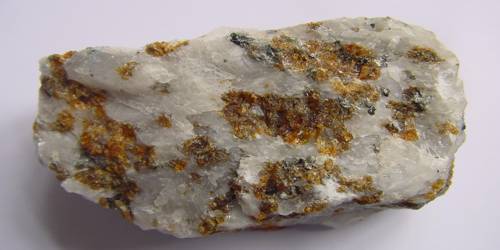There has been a lot of interest in the use of photoluminescent materials in the area of information security. A number of anti-counterfeiting technologies have been created, including luminous printing, 2D codes, and watermarks. However, common fluorescent materials are monochromatic and easily counterfeited.
A team of researchers from the Suzhou Institute of Biomedical Engineering and Technology (SIBET) of the Chinese Academy of Sciences developed a nanocomposite material with multicolored afterglow using a simple hydrothermal method. They created Si-based phosphorescent compounds using silane as a precursor and utilised them in the realm of information security. Their results were published in the Chemical Engineering Journal.
Because of their particular afterglow characteristics, materials with room-temperature phosphorescence (RTP) have been widely used in bioimaging, information security, and lighting.
“Conventional synthesis methods mainly use inorganic compounds containing rare earth ions or complexes with noble metals to provide afterglow, which inevitably leads to high biological toxicity and expensive syntheses,” said Dong Wenfei, lead researcher of the study.
Given the universality of this method, this standardized strategy not only highlights the potential of constructing multifunctional phosphorescent materials from silane, but also provides a novel design principle for the synthesis of full-color afterglow materials.
Dr. Zan Minghui
According to Dong, two prerequisites must be fulfilled: a robust stiff structure that stabilizes the excited triplet states of the exciplexes, and effective exciplex intersystem crossing.
In view of this, the researchers selected 3-Aminopropyl triethoxysilane (APTES) and N-3-(Trimethoxysilyl) propyl ethylenediamine (DAMO) as Si sources, with urea added as another precursor, to produce optically stable cyan and yellow RTP materials, respectively.
A one-step hydrothermal approach is used for the preparation procedure, which not only successfully avoids the drawbacks of the two-step method but also more easily produces nanodots in situ and immobilizes them in the matrix.
This newly created anti-counterfeiting tactic can be used in situations involving higher levels of encryption where only interference information is obtained in the UV-irradiation and afterglow modes, and where the aid of a filter is necessary to correctly read the encrypted content, allowing for better concealment of the correct information.
“Given the universality of this method, this standardized strategy not only highlights the potential of constructing multifunctional phosphorescent materials from silane, but also provides a novel design principle for the synthesis of full-color afterglow materials,” said Dr. Zan Minghui, corresponding author of the study.
This study presents fresh design ideas and insights for the development of silicon-based afterglow materials for cutting-edge applications, and it shows the viability of employing silane to synthesis multi-color phosphorescent materials.















